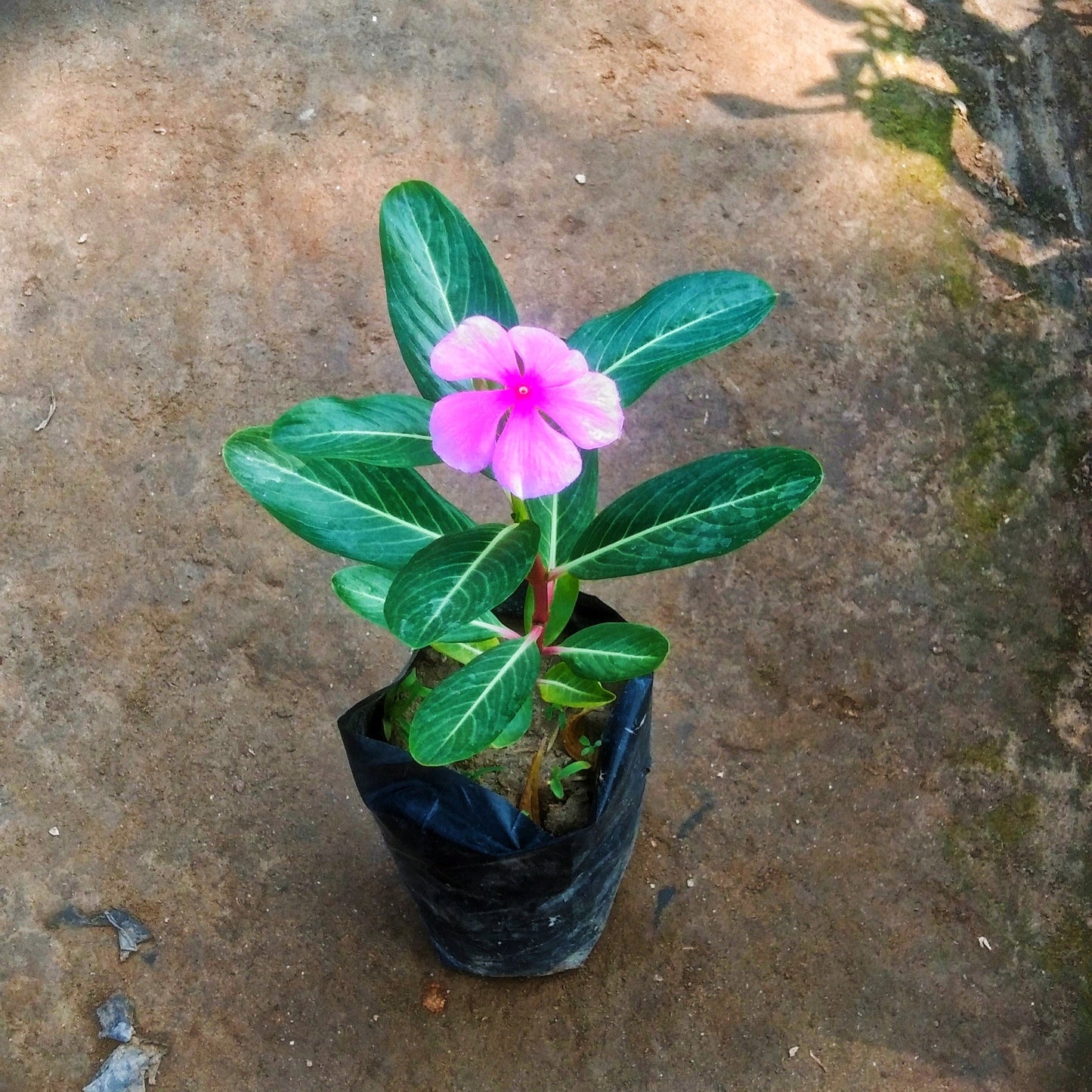1
/
of
1
Sadabahar flower plant in 4 inch polybag
Sadabahar flower plant in 4 inch polybag
Regular price
Rs. 29.00
Regular price
Rs. 49.00
Sale price
Rs. 29.00
Unit price
/
per
Shipping calculated at checkout.
Share

Customer Reviews
0 out of 5
Based on 0 reviews

